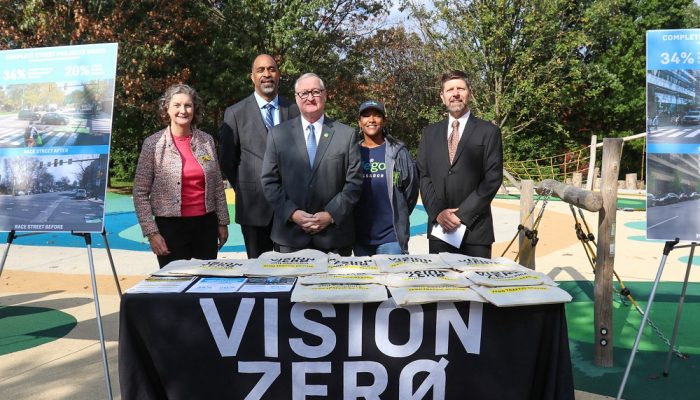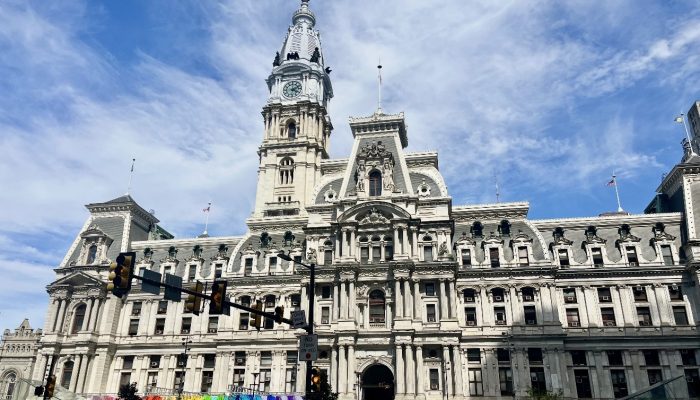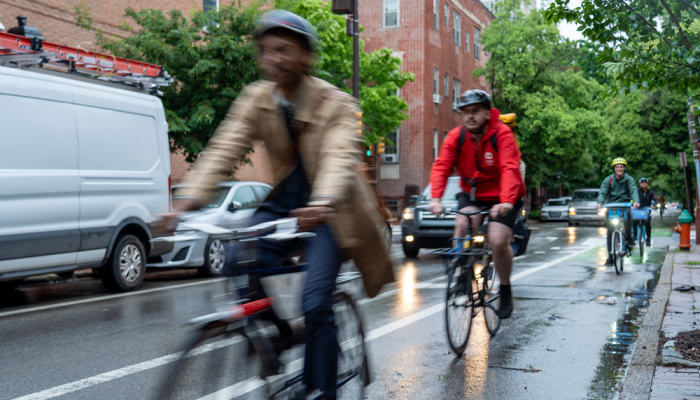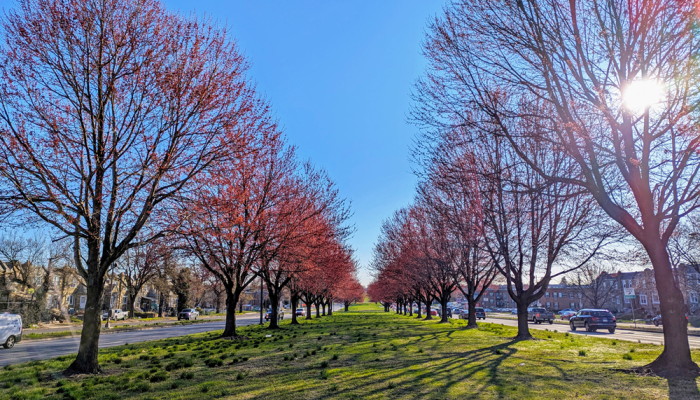On Tuesday, October 10, Mayor Kenney, along with City and State representatives, the Pennsylvania Department of Transportation, and Vision Zero Task Force and community partners, launched the Vision Zero Annual Report 2023 and the website “Complete Streets Projects Transform Traffic Safety.”
What is Vision Zero?
- Vision Zero is the City’s traffic strategy that aims to eliminate all traffic-related deaths and severe injuries. Vision Zero also aims to enhance safety, health, and mobility for all.
- In 2016, Mayor Kenney signed the executive order that created the Vision Zero program and the Office of Complete Streets.
- This Vision Zero Annual Report is the final edition of the Kenney administration.
“Vision Zero has been a cornerstone of my administration,” said Mayor Jim Kenney. “The City and our partners have made important progress in Complete Streets reducing traffic deaths and crashes.”
What Has Been the Impact on Traffic Safety?
The City’s Office of Complete Streets has focused on installing projects on the High Injury Network. The High Injury Network is the 12% of city streets with 80% of all traffic deaths and serious injuries.
The Office of Complete Streets analyzed all Complete Streets projects that have been installed since 2016. Compared to trends on the High Injury Network, Complete Streets projects have seen:
- 34% fewer fatal and serious injury crashes.
- 20% fewer injury crashes of any severity.
What are Complete Streets?
The Vision Zero Annual Report highlights three key types of Complete Streets traffic safety projects: road diets, separated bike lanes, and Neighborhood Slow Zones.
- Road diets reduce travel lanes and reallocate roadway space. Road diets have 18% fewer total injury crashes compared to High Injury Network trends.
- Separated bike lanes saw 17% fewer total injury crashes and twice as many bike riders. The City is set to add separated bike lanes to 40 total miles of streets by 2025.
- Neighborhood Slow Zones install traffic calming measures and set a 20 mph speed limit. Neighborhood Slow Zones have seen no fatal or serious injury crashes, and 75% fewer crashes.
What are the Challenges in Achieving Vision Zero?
- There were 124 traffic deaths on city streets in 2022, compared to 123 in 2021, according to data from the Pennsylvania Department of Transportation (PennDOT).
- Vulnerable road users continue to be at risk. Every week, five children 17 years old and younger are hit by a vehicle while walking.
- Vision Zero is also an equity issue. Communities of color, lower-income neighborhoods, older adults, and people walking and biking face higher rates of traffic violence.
What are the Next Steps for Complete Streets?
The City has won $220 million in traffic safety grants, including from the federal Bipartisan Infrastructure Law, state, and local sources. These grants include:
- $78 million MEGA grant for the Roosevelt Boulevard’s Route for Change.
- $30 million for Safe Streets for All.
- Three separate $25 million RAISE Grants for Blossom at Bartram, Great Streets PHL, and North Philadelphia School Zones.
- $2 million for the Chinatown Stitch planning.
- $35 million in additional federal, state, and local traffic safety grants since October 2022.
What needs to be done to Achieve Vision Zero?
- As the Kenney Administration comes to a close and we prepare for a new Mayor, Mayor Kenney strongly encourages a citywide recommitment to Vision Zero.
- The Commonwealth can assist by renewing and expanding speed cameras. On Roosevelt Boulevard, speed cameras have cut fatal crashes in half and reduced speeding violations by 93%.
- The Commonwealth can also allow separated bike lanes on state roads.
“All Philadelphians deserve to travel safely,” said Mayor Kenney. “Let’s build on our proven successes to fight the systemic issue of traffic violence. We have the resources and the know-how to get fatalities back to trending downwards, and ultimately to zero. Together, we will get there.
Additional Resources




